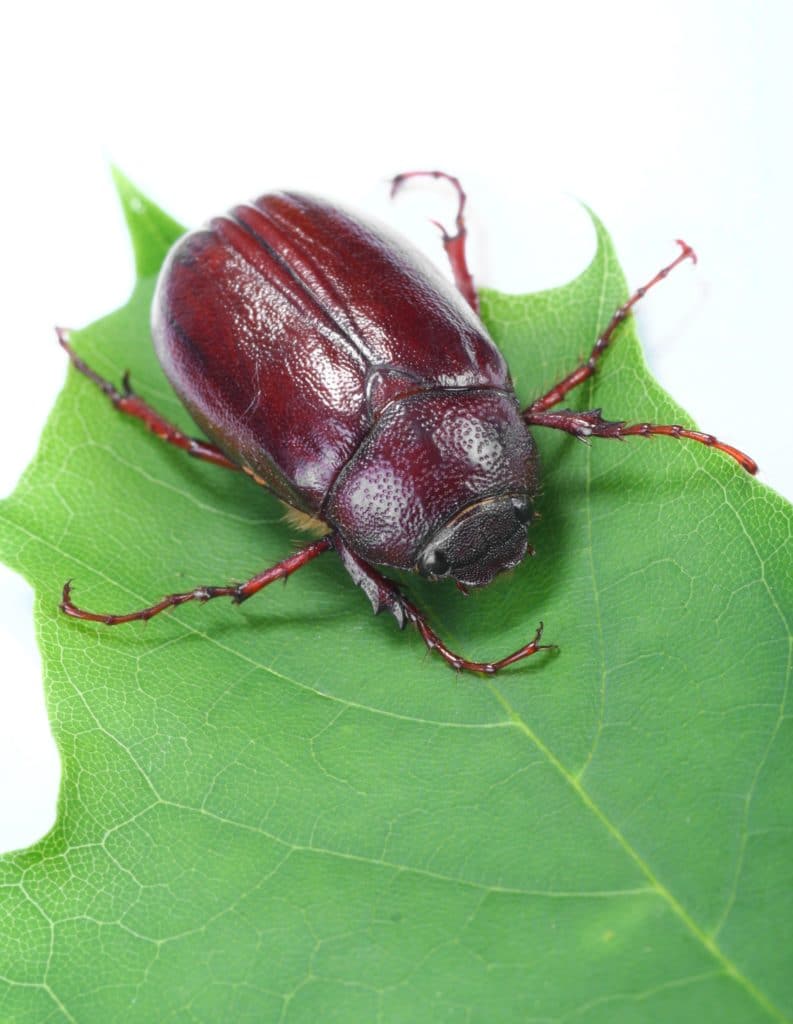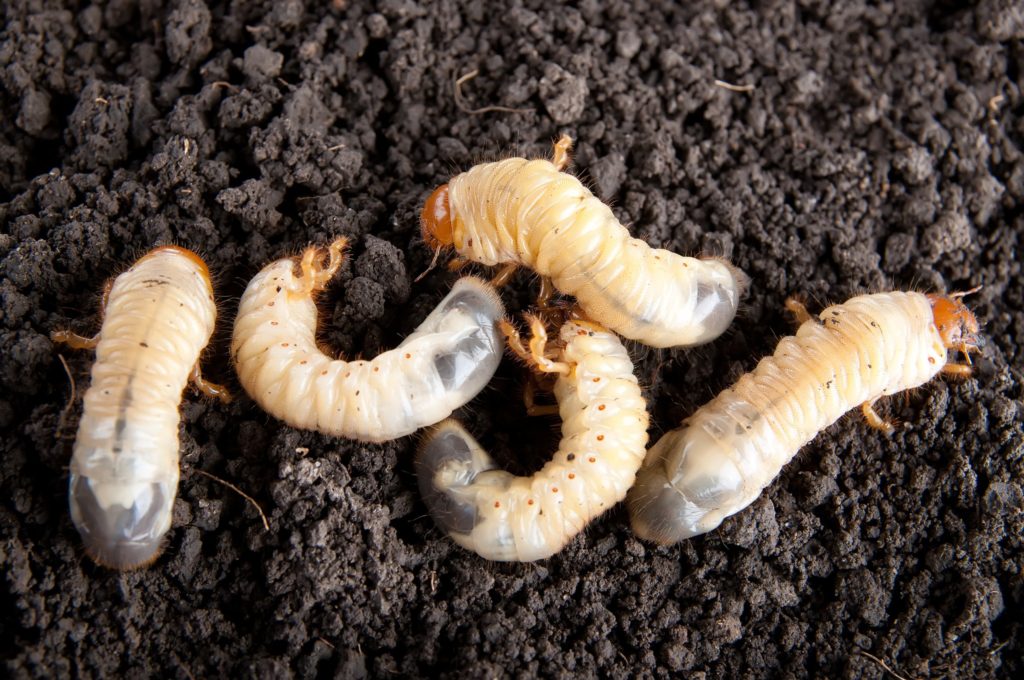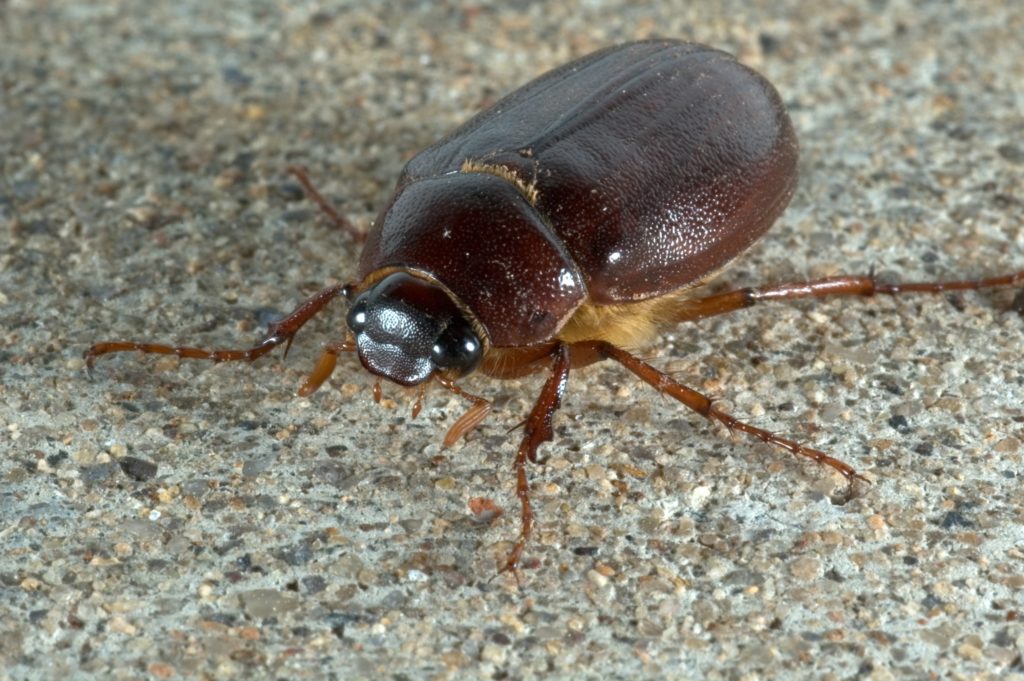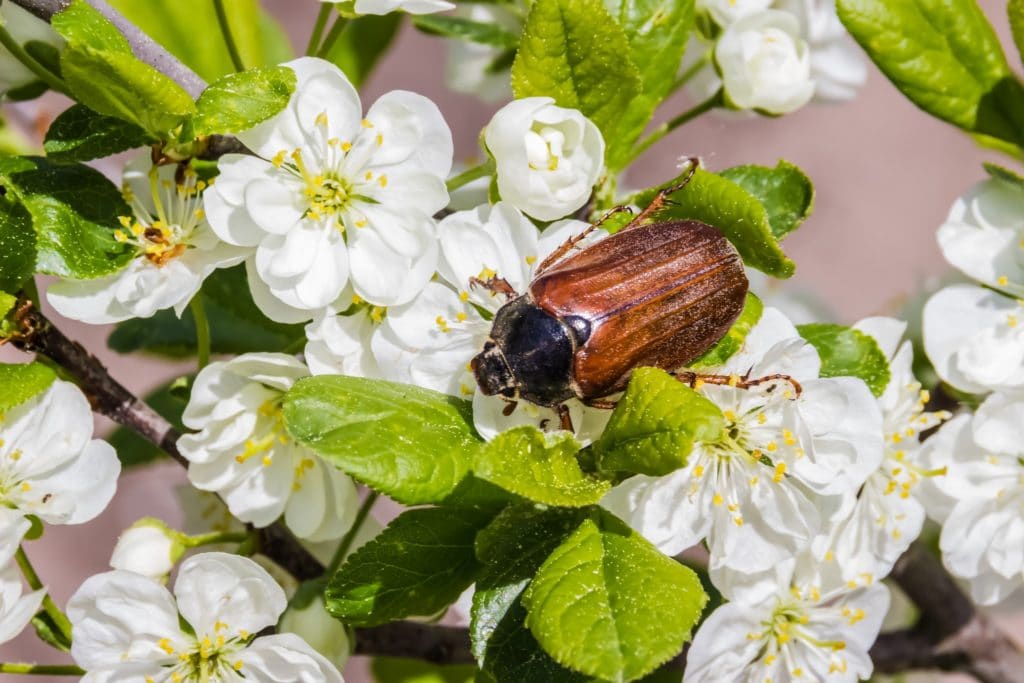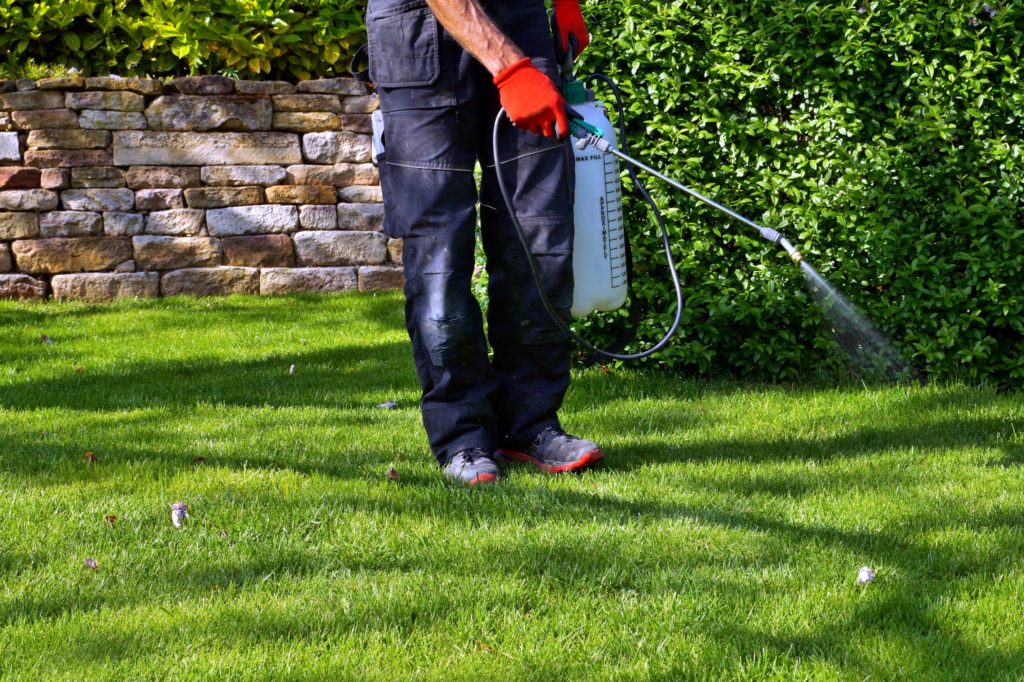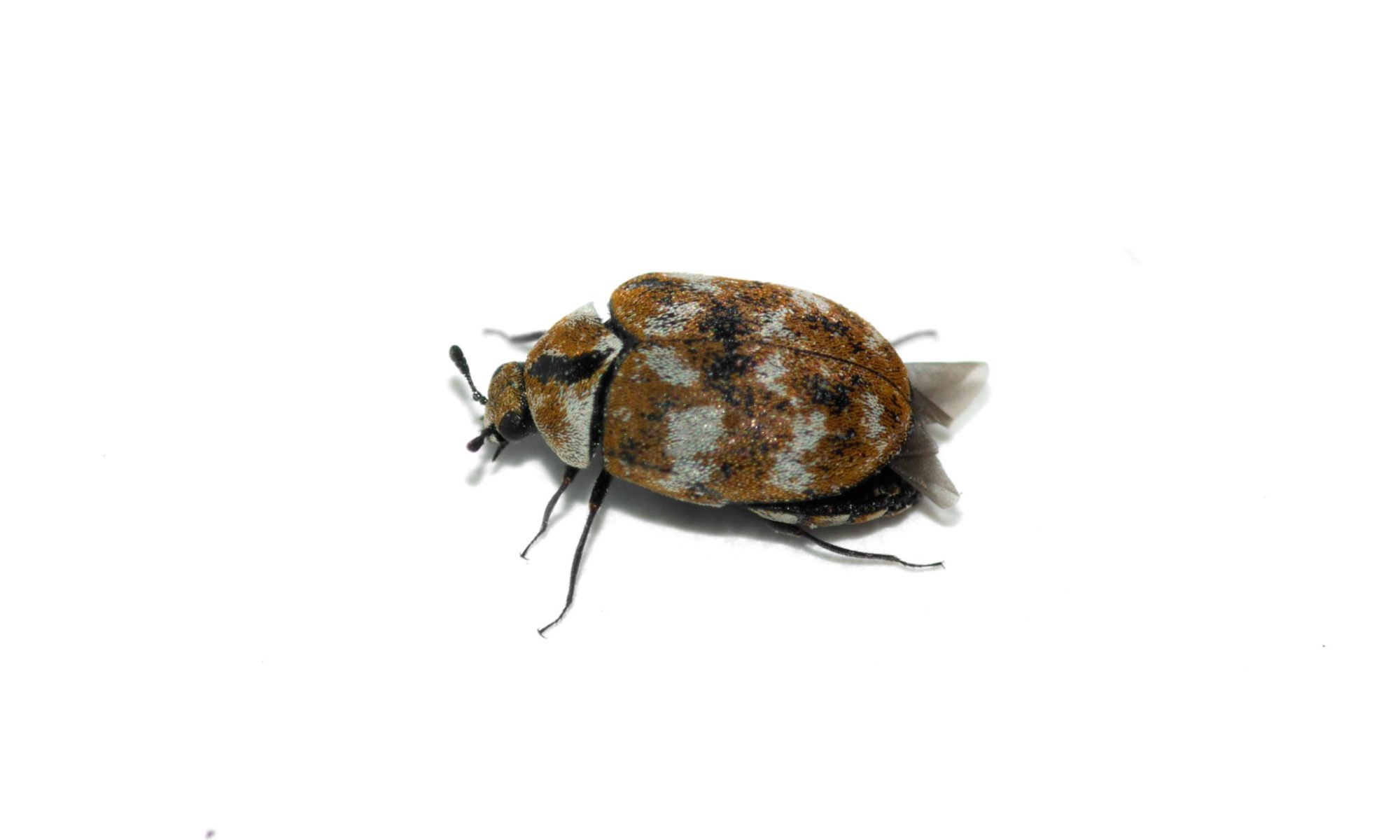
You might not be familiar with the tiny carpet beetle, but these bugs can cause irreversible damage to your home. Mostly they prefer clothing and carpet, creating holes, and you might find worms in these areas. So what causes carpet beetles?
At Environmental Pest Management, we know once you’ve discovered an infestation, you’ll want to get rid of carpet beetles. That’s where we come in!
We are industry experts. We know what causes carpet beetles and we can kill them and their larvae, so there is no way they can return.
No one likes to deal with a carpet beetle infestation. Let’s find out a bit more about these insects and how to get rid of them.
What Causes Carpet Beetles?
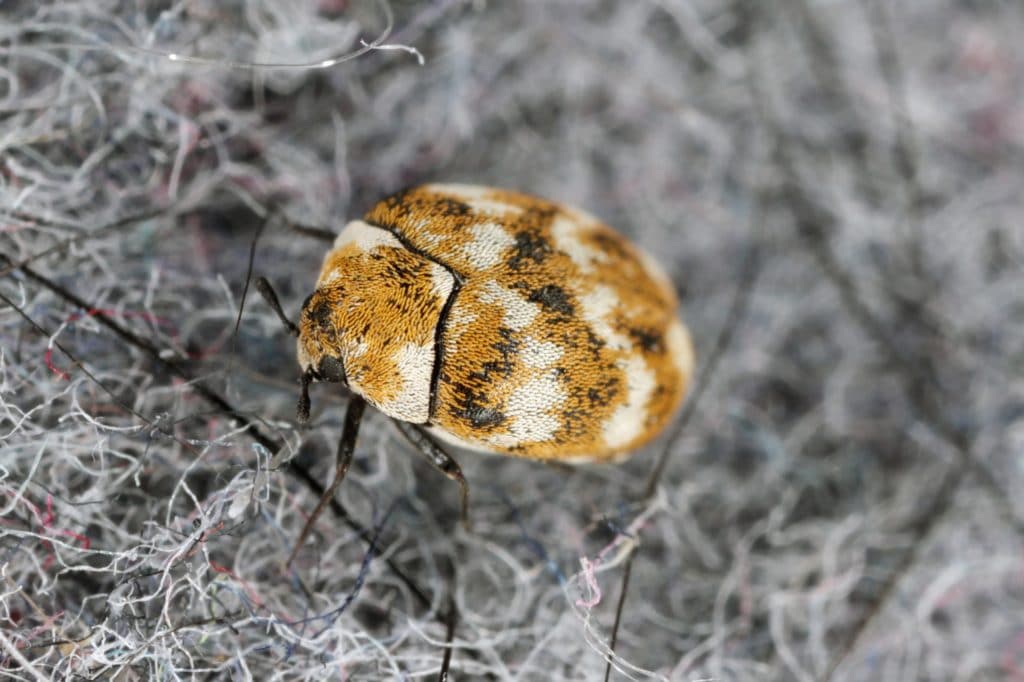
Before looking at what causes carpet beetles, let’s describe them.
The adult carpet beetles are small and black to dark brown. The damage that is caused usually happens in the larvae stage, and they look like tiny little worms. You will find them on your carpet and clothes.
There are three species of carpet beetles: The Carpet Beetle, The Furniture Beetle, and The Black Carpet Beetle. They are quite the quaint family!
The furniture beetle prefers wood. This critter often gets inside the home when wood furniture or timber gets brought into the house. They will lay their eggs in the wood so that it can be incredibly frustrating to get rid of them.
The carpet beetle is considered a common domestic pest. The beetles can damage anything made of natural fibers, so think of furniture, clothing, and carpets. They lay their eggs there, and if you notice holes in items you’ll know their presence.
The black carpet beetle is reddish-brown and covered with bristles. They will damage your carpets and furniture, so you want to get rid of them as soon as possible.
Carpet beetles live outdoors and feed on pollen and nectar. They can get into the home through flowers or plants.
Beetles have also been known to get in through cracks in doors and windows. Vents and chimneys are also easy ways for them to make their move inside.
They love wool, so you may find them in wool clothing or wool rugs. It is devastating to find holes in your favorite wool blanket caused by these tiny scoundrels!
They may also be attracted to animal hides that may be hanging in the home. Dried flower arrangements and even dog food can attract beetles and give them something to feed.
How Do You Identify a Carpet Beetle?
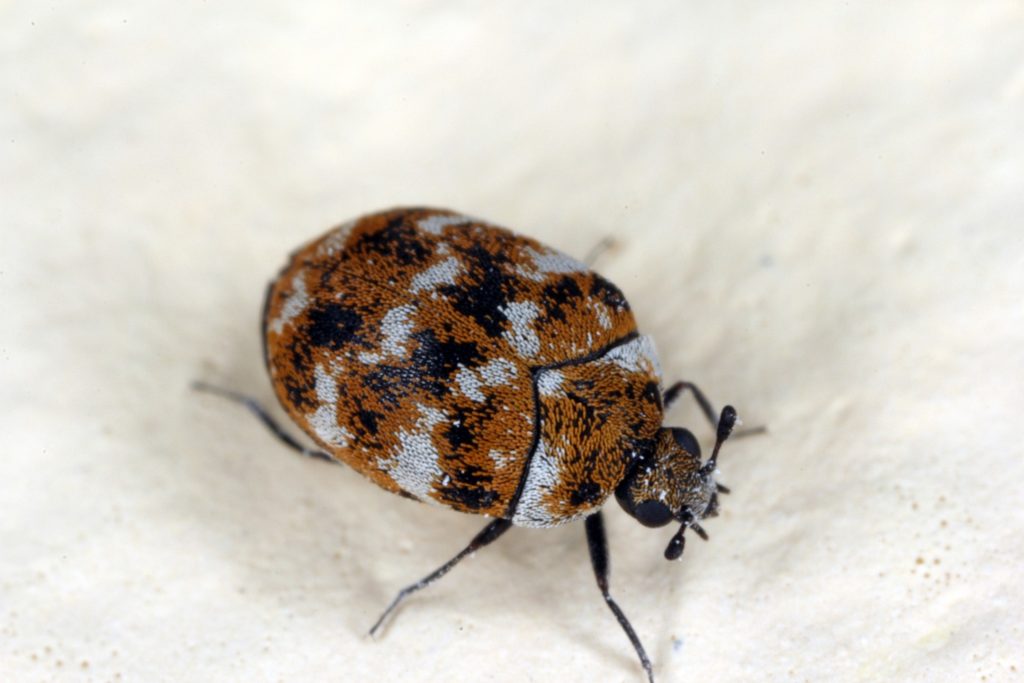
There are a few identifying factors of a carpet beetle:
- As stated, they are black to dark brown
- In length, they are typically 2mm to 5mm long
- All varieties are oval-shaped
- They have short looking clubbed antennae
Wondering if carpet beetles are harmful? Likely not, but some people have allergies to insects.
If you are allergic, you may have red, itchy eyes, a runny nose, or hives. If that is the case, it is imperative to have a professional pest controller take care of the infestation quickly.
Having a difficult time finding the buggers? They are attracted to light, so try looking where the light source is, and you may find them crawling around.
The larvae, however, are laid in the dark and take over a year to develop into beetles. Carpet beetle larvae are more destructive than the beetle stage, and that’s a good reason why a professional may be required to help out with carpet beetles and larvae in the home.
But How Do You Get Rid of Carpet Beetles?

Getting rid of carpet beetles takes persistence and patience.
To start, you should use an insecticide or a pesticide inside and around the perimeter of the home. Indoors, not only should furniture and carpet be vacuumed but steam cleaned as well. Infested items should be bagged for 24 hours then washed.
Wash any stained clothing. If there are any beetles left around, they won’t want to feast upon anything clean and fresh.
Also, seal up food in tight containers for now and keep all flowers outside of the home.
You can also always call in pest control to handle the situation, so you do not have to yourself.
What will pest control do to control the infestation?
- First, they will likely vacuum the whole area well, including window sills and around the door.
- After that, they go over the vacuumed area with a steam cleaner.
- A potent insecticide is then sprayed over the infestation area. Ingredients may include deltamethrin, bifenthrin, or cyfluthrin, as these work magic against carpet beetles.
- Boric acid, which is powerful against carpet beetles, is then used over the area.
- It is suggested to then go over all the home areas with rubbing alcohol, including doors, window sills, ledges, and baseboards.
How Can I Keep Carpet Beetles From Returning?
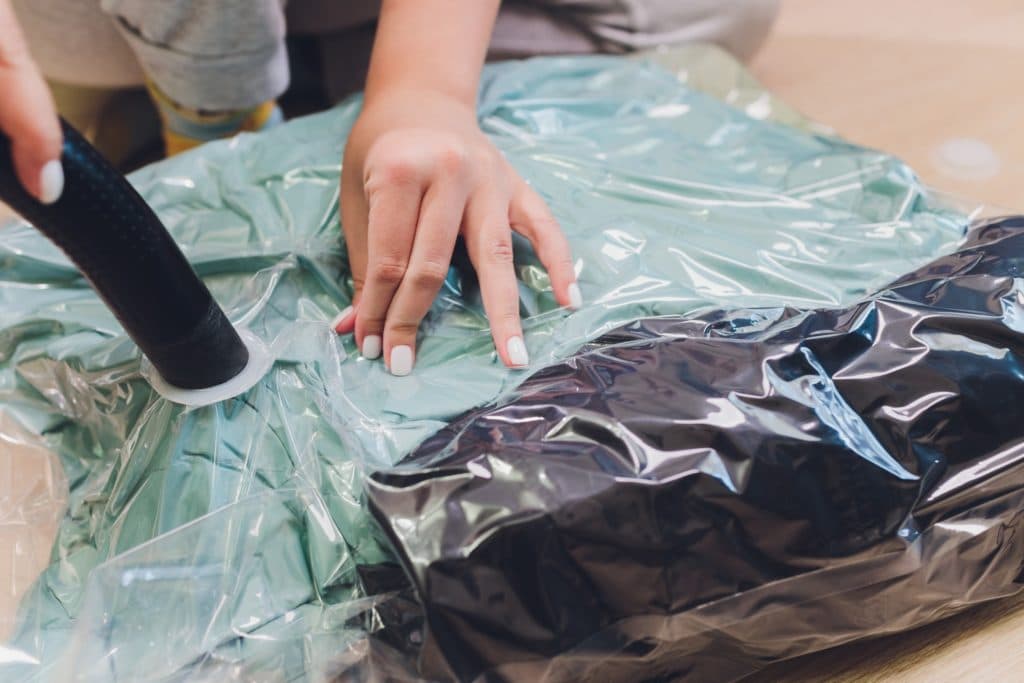
Now that they are out, how can you keep them out?
For one, wash clothing well and store it properly in sealed bags from season to season. Always wash linens and towels regularly, so all is fresh and clean. You can add cedar strips or mothballs when you are storing items to help keep critters away.
It’s okay to use an insecticide around the outside of the home at the advice of a pest control expert. Talk to us about how often routine maintenance is required.
Never let holes or tears in windows go unrepaired and fix any broken sills from windows and doors. Those can be entry points for lots of Minnesota bugs.
Call In The Experts For Your Carpet Beetle Woes

Now you are an expert in the cause of carpet beetle infestation and how they are managed. Do you want to tackle this on your own?
You may want to leave it to professionals. That’s why we are here!
Environmental Pest Management can handle whatever pest issue you have so it is no longer causing stress in your life.
Summer is back, and the bugs are going to be in full force! Contact us for information, with questions, or for a quote today!


